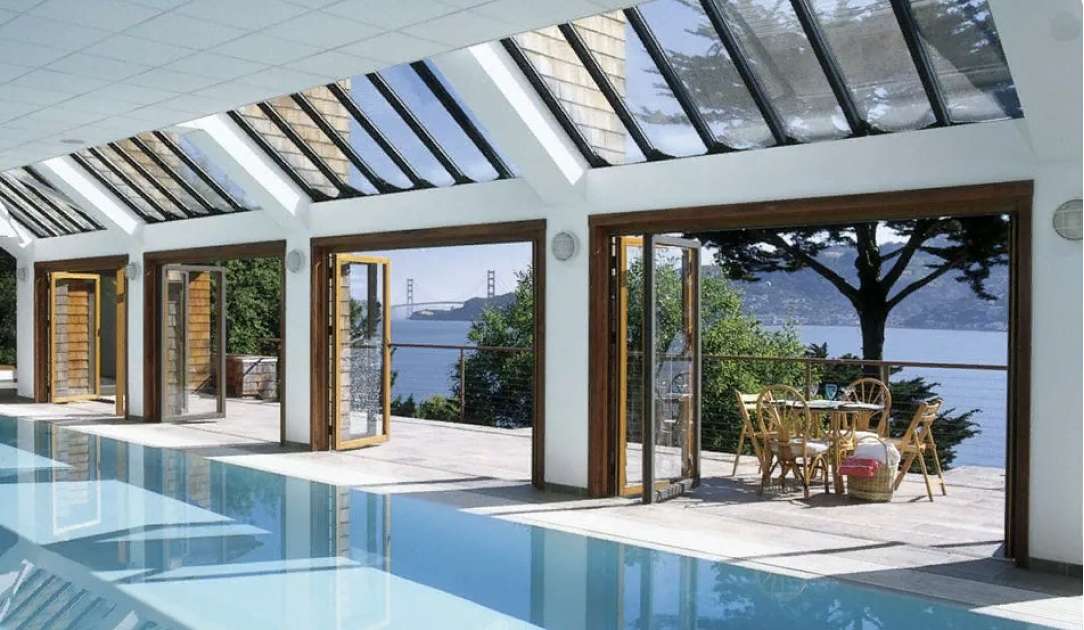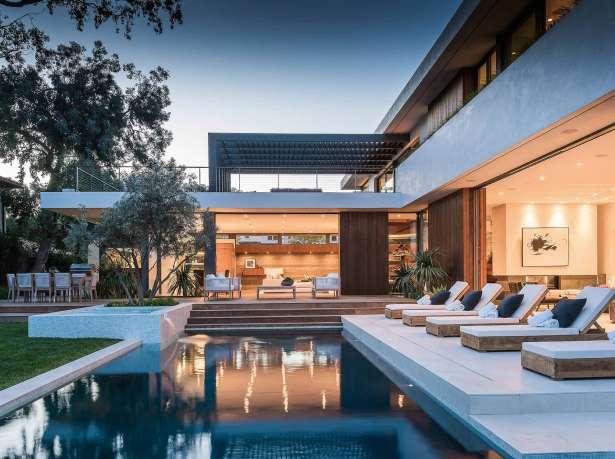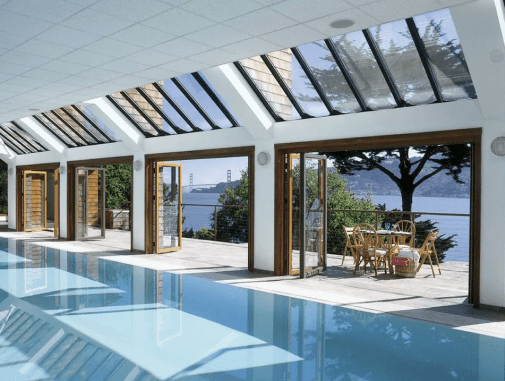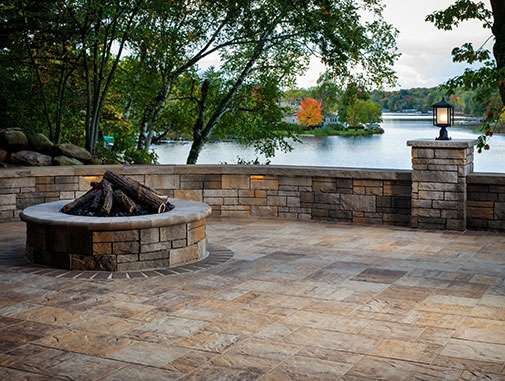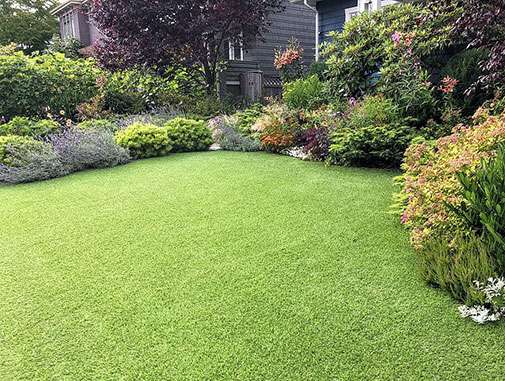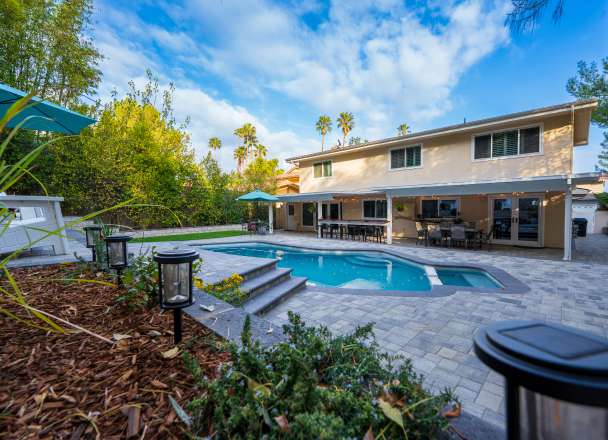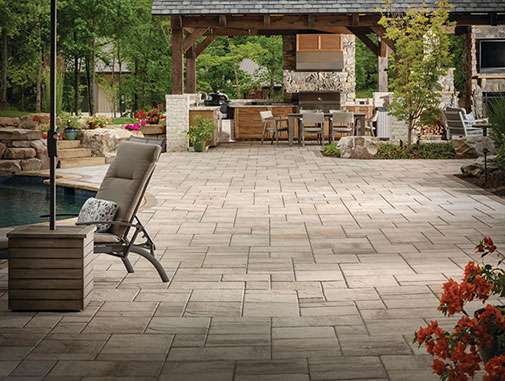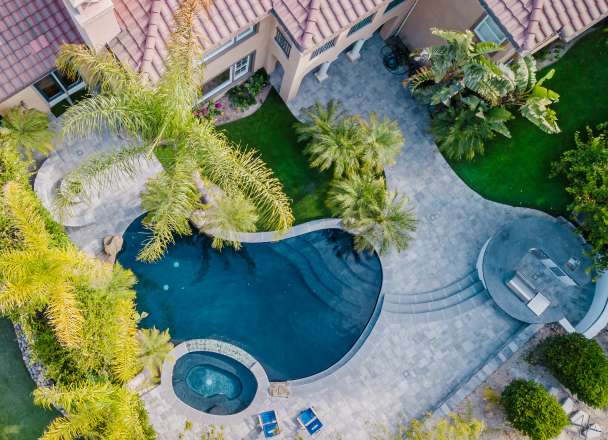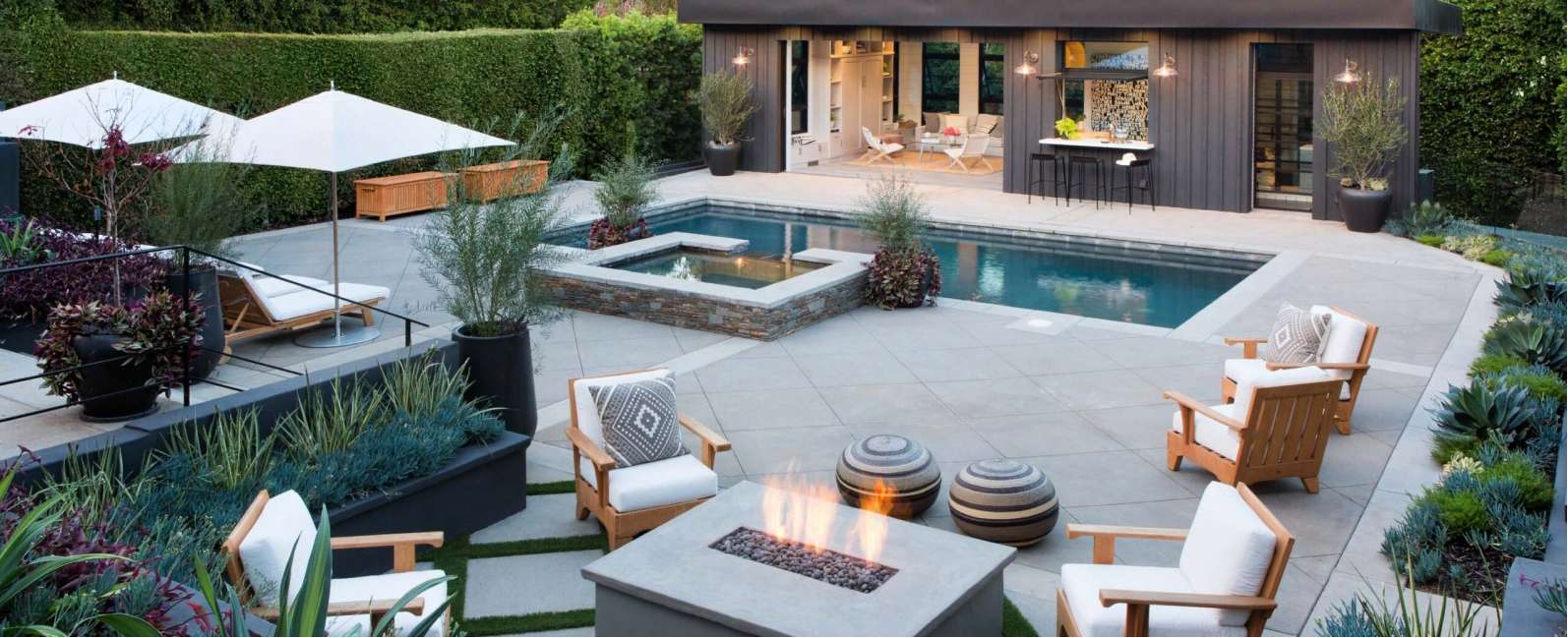Revealing the Secrets of ADU Magic Grants for Perfect Designs
- #Outdoor Living
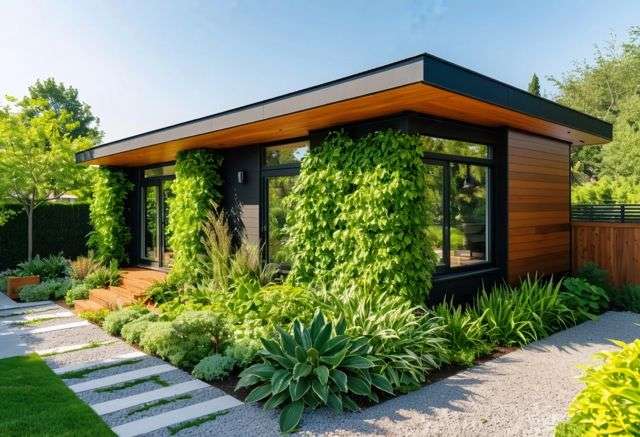
- Smooth Plaster Finish
- Shimmering Pebble Finish
Unlock the potential of your property with ADUs through targeted grant programs that alleviate financial burdens and offer detailed guidance. With strategic planning, homeowners can create functional and compliant secondary living spaces, enhancing both value and community well-being.
Understanding ADU and Its Benefits
Understanding what ADUs (Accessory Dwelling Units) are and their benefits can help homeowners unlock potential opportunities. An ADU is a secondary housing unit on the same property as a primary residence. ADUs can come in various forms, such as converted garages, standalone units, or units built above garages.
- Types of ADUs:
- Detached ADUs: Standalone units separate from the main house.
- Attached ADUs: Units attached to the existing home.
- Converted ADUs: Existing spaces like basements or garages turned into living units.
ADUs offer numerous benefits to homeowners. One significant advantage is the potential for extra income through renting. Take the case of Helen Boxwill, who converted her garage into an apartment, helping her cover retirement expenses and nearly pay off her mortgage.
- Financial Benefits:
- Provides rental income.
- Helps cover property taxes and maintenance costs.
- Potentially increases property value.
ADUs are also a way to support family members. Boxwill initially considered her ADU as a space for her mother or another family member. Additionally, renting ADUs can provide affordable housing options, benefiting communities with limited affordable housing.
- Community and Social Benefits:
- Supports local housing needs.
- Fosters a sense of community.
- Can house tenants who contribute positively to the neighborhood.
Building an ADU, however, comes with challenges, such as adhering to local regulations and managing construction costs. Boxwill’s journey highlighted the importance of getting neighbor approval and dealing with town regulations, including square footage limits and mandatory installations of safety detectors.
Overall, ADUs can be a valuable addition to any property, offering financial relief and contributing positively to local communities.

Navigating the ADU Grant Landscape
Homeowners and business owners can tap into several grant programs to fund their ADU (Accessory Dwelling Unit) projects. These grants can significantly reduce the financial burden, making it easier to create functional and compliant living spaces.
Grant Opportunities for ADU Projects
- New York City ADU Program:
- Offers up to $400,000 per homeowner.
- Limited to 15 homeowners currently.
- Aims to spur more construction of granny flats to address housing shortages.
Eligibility Criteria
Understanding eligibility criteria is essential for a successful application.
- New York City ADU Program:
- Open to single-family homeowners.
- Limited scope but can create momentum for future projects.
Tips for a Successful Application
To increase the chances of securing a grant, applicants should consider the following tips:
- Documentation: Provide detailed information about the project, including costs and expected benefits.
- Eligibility Proof: Ensure you meet all the eligibility requirements outlined by the grant program.
- Professional Estimates: Get quotes from experienced vendors familiar with grant applications.
- Energy Efficiency: Consider incorporating energy-efficient features; some grants may favor projects that reduce energy consumption.
For further insights and detailed guides, consider visiting our Understanding Financing Options for ADU Construction page.
Finding Grants
Grants for ADU projects can be found through various governmental and local agencies. Keeping an eye on new initiatives and changes in local regulations can help identify new opportunities.
By exploring these grants and following the necessary steps, homeowners and business owners can bring their ADU projects to life with financial ease.
Designing the Perfect ADU: Tips and Tricks
To craft the ideal ADU (Accessory Dwelling Unit), focus on several key design aspects:
- Daylight Optimization
- Ensure natural light enters from at least two directions.
- Maximizes comfort and reduces energy costs.
- Privacy
- Strategically balance outdoor views with privacy from neighbors and the main home.
- Use landscaping and structural elements for enhanced visual separation.
- Storage
- Utilize every available space creatively, including utility closets and attic areas.
- Prioritize ample storage even in compact spaces to maintain functionality.
- Plumbing Optimization
- Align plumbing needs to minimize construction costs and save time.
- Design plumbing blocks efficiently to avoid unnecessary expenses and delays.
- Aesthetic and Comfort
- Incorporate focal points and remove eyesores to create a visually pleasing environment.
- Use quality materials and thoughtful design elements like earth tones and natural textures.
Additionally, consider these specific areas for a holistic approach:
- Kitchen Design
- Build a fully functional kitchen or a small kitchenette based on your budget and space.
- Include a workspace and casual dining area for convenience.
- Sleeping Area
- Decide between a luxury master suite or multiple small bedrooms.
- Focus on essentials like storage and layered lighting for comfort.
- Bathroom Amenities
- Aim for a spa-like atmosphere with luxury materials such as river rock and bamboo.
- Entertainment Extras
- Ensure ample electrical outlets and include entertainment options like a flat-screen TV and sound systems.
- Consider additional conveniences like a TV in the sleeping area for an enhanced experience.
Explore more on designing effective ADU spaces on our Tips and Tricks for Maximizing Space in Your ADU blog.

Real-Life Success Stories
Architects Jefferson Schierbeek and Su Addison transformed their Mar Vista backyard by creating a stunning ADU above their garage. Their innovative design tackled many challenges, ensuring both functionality and aesthetics. Key highlights include:
- 300-square-foot space featuring bed, sofa, kitchenette, and work desk.
- Unique design choices like a single sink serving both kitchen and bathroom.
- Plenty of windows for natural light and privacy.
- Eco-friendly materials like fiber-cement boards and south-facing windows for energy efficiency.
- Minimalist storage solutions using Ikea hanging racks instead of built-in closets.
Initially, the couple built this ADU for their use during the main house renovation, but it has since become a rental unit, earning them $1,750 monthly. The design fostered a sense of community with their tenant, integrating shared outdoor spaces.
Their ADU not only provided financial benefits but also enhanced their quality of life. This example demonstrates that ADUs can be practical, lucrative, and foster a sense of community.
For inspiration and more about our ADU services, visit our ADU Construction Services page.

FAQ
What is an ADU?
An ADU (Accessory Dwelling Unit) is a secondary housing unit on the same property as a primary residence. These can be standalone units, converted garages, or units built above garages.
What are the types of ADUs?
ADUs can be categorized into three types:
- Detached ADUs: Standalone units separate from the main house.
- Attached ADUs: Units attached to the existing home.
- Converted ADUs: Existing spaces like basements or garages turned into living units.
What are the financial benefits of building an ADU?
- Provides rental income.
- Helps cover property taxes and maintenance costs.
- Potentially increases property value.
How do ADUs benefit communities?
- Supports local housing needs by providing affordable housing options.
- Fosters a sense of community.
- Can house tenants who contribute positively to the neighborhood.
What challenges might I face when building an ADU?
Challenges include adhering to local regulations, managing construction costs, getting neighbor approval, and dealing with town regulations such as square footage limits and mandatory safety installations.
Are there grants available for ADU projects?
Yes, there are several grant programs available for ADU projects, such as the New York City ADU Program, which offers up to $400,000 per homeowner.
What are the eligibility criteria for the New York City ADU Program?
- The program is open to single-family homeowners.
- It is currently limited to 15 homeowners.
What tips can help with a successful grant application for ADU projects?
- Provide detailed documentation about the project, including costs and expected benefits.
- Ensure you meet all eligibility requirements.
- Obtain professional estimates from experienced vendors.
- Incorporate energy-efficient features into the project.
Where can I find grants for ADU projects?
Grants can be found through various governmental and local agencies. Keeping an eye on new initiatives and changes in local regulations can help identify new opportunities.
What design tips can help create the perfect ADU?
- Optimize daylight by ensuring natural light enters from at least two directions.
- Balance outdoor views with privacy using landscaping and structural elements.
- Utilize all available space for storage creatively.
- Optimize plumbing needs to minimize construction costs.
- Incorporate focal points and remove eyesores for a visually pleasing environment.
Can you give an example of a real-life ADU success story?
Architects Jefferson Schierbeek and Su Addison created a 300-square-foot ADU above their garage in Mar Vista. Their design included a bed, sofa, kitchenette, and work desk, along with eco-friendly materials and minimalist storage solutions. They initially used the ADU during their main house renovation, and it is now a rental unit earning them $1,750 monthly.
Sources
Sources used in the article include:
